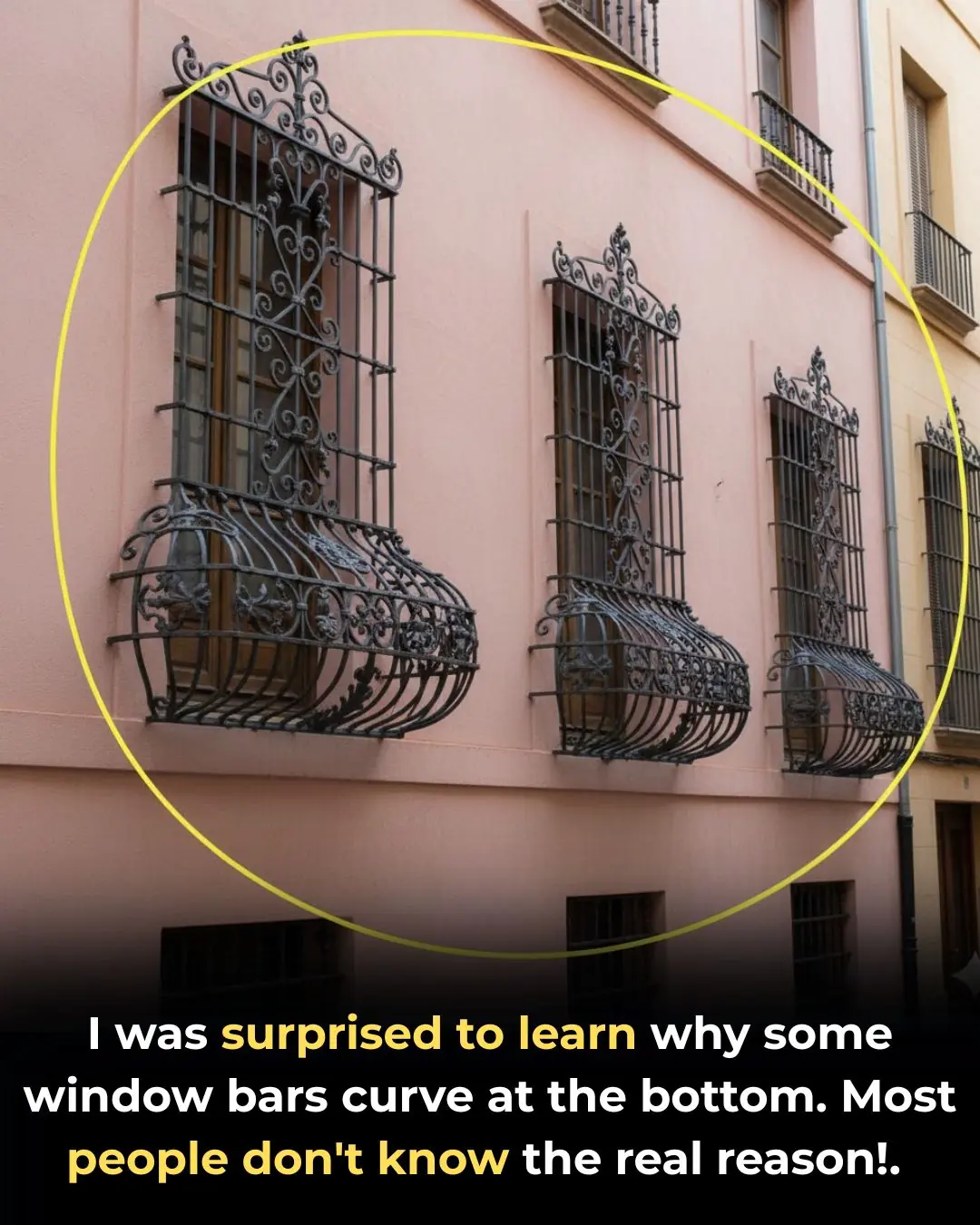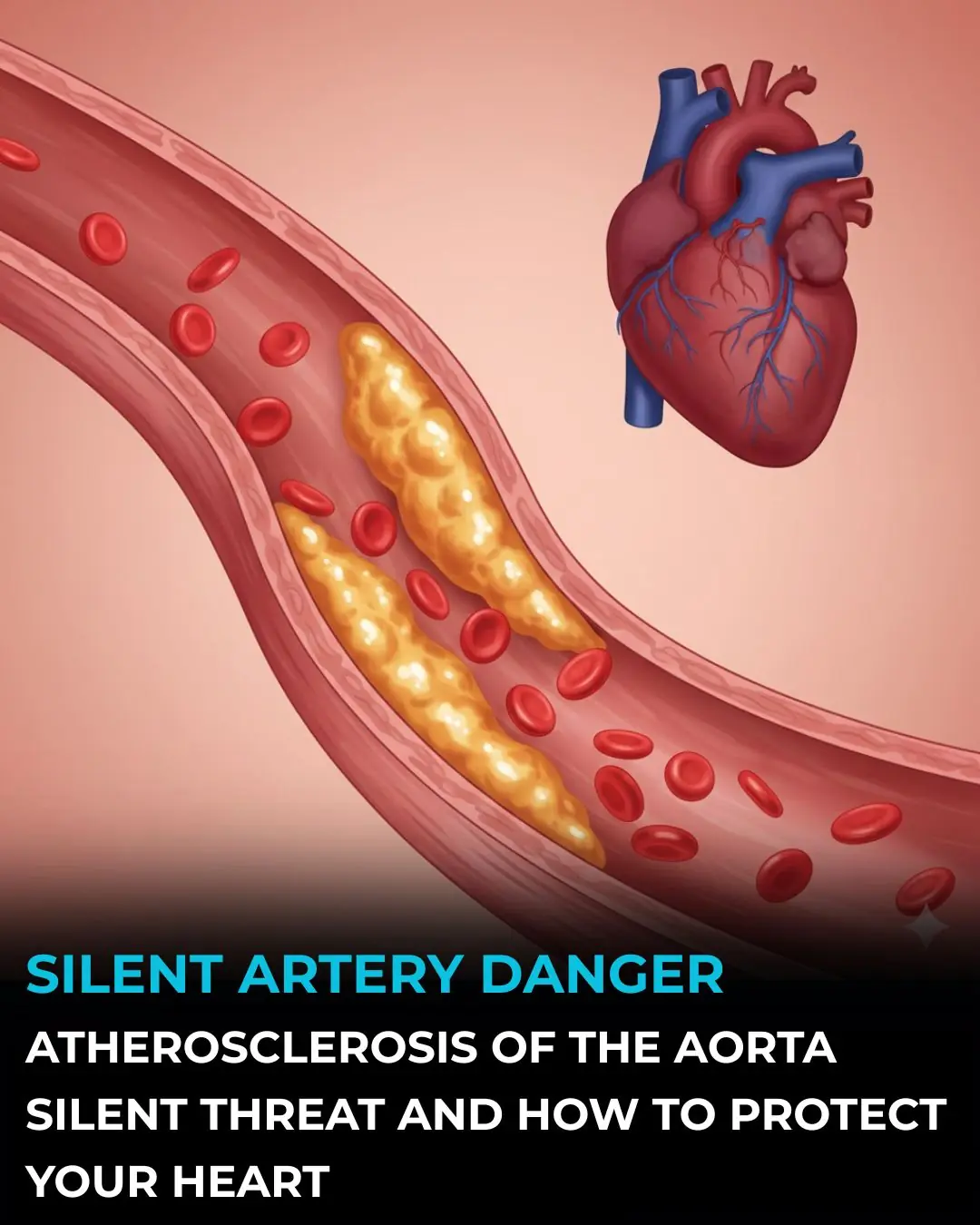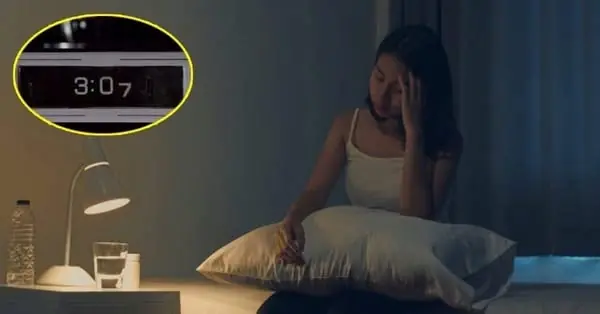
If You Have These Two ‘Dimples’ on Your Lower Back
If You Have These Two ‘Dimples’ on Your Lower Back, Here’s What They Really Mean
Have you ever noticed two small indentations on your lower back, sitting just above your buttocks? These subtle dips are known as Venus dimples, named after Venus — the Roman goddess of love, beauty, and sensuality. For centuries, they’ve been admired for their symmetry and aesthetic appeal, often associated with attractiveness, vitality, and even good health.
But what exactly causes them — and what do they reveal about your body?
What Are Venus Dimples?
Venus dimples form due to a small ligament that connects the skin to a bony landmark on your pelvis called the posterior superior iliac spine (PSIS). This attachment creates two natural indentations on the lower back. They’re most visible in people with:
-
Lower body fat
-
Good muscle tone
-
Naturally defined pelvic structure
👉 However, the biggest factor is genetics.
You can’t simply “earn” or “build” Venus dimples — you either have the anatomical structure for them or you don’t. If your parents or grandparents have them, you’re far more likely to inherit them.
Venus Dimples vs. Apollo Holes
Although Venus dimples are popularly associated with women, men can have similar lower-back indentations known as Apollo holes — named after the Roman god of strength, athleticism, and beauty.
-
Venus Dimples: More commonly referenced in women
-
Apollo Holes: Male equivalent
Both are considered indicators of balanced posture, good circulation, and a lean, well-conditioned physique. In modern fitness culture, they’re often viewed the same way as toned abs or a defined jawline — subtle signs of physical wellness.
Can You “Train” to Get Them?
Here’s the honest truth:
You cannot create Venus dimples through exercise unless your body naturally has the ligament-and-bone structure that forms them.
However:
✔️ If you already have the anatomical foundation
✔️ But body fat is hiding them
Then improving muscle tone and reducing fat in the lower back and core area can make them more visible.
Think of it like uncovering a feature you already possess — not creating a new one.
Strengthening the following areas may help highlight them:
-
Core muscles
-
Lower back muscles
-
Glutes
-
Deep stabilizing muscles (like the multifidus and transverse abdominis)
These won’t make dimples appear, but they can accentuate the natural definition of your lower back.
Are There Any Health Benefits?
Some wellness experts suggest that Venus dimples may be associated with:
-
Stronger pelvic circulation
-
Enhanced sexual function
-
Lower visceral (internal) fat
-
Better postural alignment
While scientific data on sexual benefits is limited, the anatomical positioning of Venus dimples does lie near major blood vessels and nerve pathways in the pelvic area.
Regardless of the theories, people with visible Venus dimples often have:
-
Leaner body composition
-
Better muscle tone
-
Overall healthier physical conditioning
So even if the dimples themselves don’t improve health, the lifestyle factors that make them visible generally do.
The Cultural and Modern Appeal
Historically, Venus dimples have been viewed as markers of beauty, symmetry, and elegance. Sculptures, paintings, and artworks from ancient civilizations often highlight these lower-back features as signs of fertility and divine attractiveness.
In modern culture, they’re frequently admired for their:
-
Aesthetic symmetry
-
Suggestion of fitness
-
Subtle sensuality
Many people see them as a unique physical trait that adds character — a small detail that makes the body visually interesting and naturally appealing.
A Gentle Reminder: Not Having Them Is Completely Normal
If you look in the mirror and don’t see those two dimples, you’re not missing anything.
Not having Venus dimples:
❌ Does not mean you’re unhealthy
❌ Does not mean you’re out of shape
❌ Does not make you any less attractive
Just like dimples on the cheeks, freckles, or curly hair, Venus dimples are simply a genetic variation — another way human bodies express their diversity.
What truly matters is how you feel in your body, how you care for it, and the confidence you carry.
Final Thoughts
Though small, Venus dimples — and their male counterpart, Apollo holes — carry a surprising amount of meaning. Whether you see them as signs of beauty, indicators of body composition, or simply a fascinating anatomical detail, they highlight the incredible uniqueness of human bodies.
At the end of the day, these dimples are just one of many natural characteristics that make each of us one-of-a-kind.
Celebrate the body you have — every curve, every feature, and every detail.
News in the same category


When the Brain Begins to Consume Itself: The Hidden Costs of Chronic Sleep Loss

From Self-Marriage to Self-Divorce: Suellen Carey’s Viral Journey of Self-Love

The Hidden Years of Postpartum Recovery: How Motherhood Reshapes the Brain

Unattractive Traits That Can Secretly Ruin a Relationship

Beware Portuguese Man-of-War Found on Beach

Why Your Dog Stares at You …What That Look Really Means

Do You Think Like an FBI Agent

Apple and Issey Miyake Redefine Tech Fashion With the $230 iPhone Pocket

A Simple Black Blade That Saves Birds: The Surprising Wind Turbine Breakthrough

A Silent Threat: How Aortic Atherosclerosis Develops and How You Can Protect Yourself

Firefighters Want Everyone To Know What They Should Never Plug Into A Power Strip

Uncovering the Viral Trigger Behind Lupus: Scientists Reveal a Surprising Link

A Quiet Hero: The 24-Year-Old Saving Over 1,400 Animals from Euthanasia

New Study Shows Removing Processed Foods Can Reduce ADHD Symptoms by 53%

Kenyan Impostor Outsmarts Courts: Fake Lawyer Wins 26 Cases Before Shocking Unmasking

Experts reveal 10 baby names parents should avoid in 2026 as popular names that are set to go extinct revealed

The Real Reasons Men Stay in Relationships With Women They Don’t Love

If you suddenly wake up between 3:07 and 3:15 a.m., you should be extremely careful
News Post

When boiling shrimp, remember to add these 2 spices. The shrimp will be sweet, not fishy, and will have a bright red color.

Co-workers Surprise Adopted Colleague With African Inspired Celebration After Tracing Roots Back to Africa

The rats will disappear after just 1 month with only 3 potatoes, so easy and very effective

Why are cucumbers bitter? Is it okay to eat bitter cucumbers?

‘Jada Bout to Set That Red Table’: Jada Pinkett Smith Fans Warn Rapper Yo-Yo Over Her Shocking Confession About Tupac

How to make sesame and peanut sauce with just the right taste, keep it for a long time without getting too oily, eat it with cold rice is also delicious

‘Go Back Home Friend’: Vince Herbert’s Slim, Unrecognizable New Look Has Fans Telling Tamar Braxton It Might Be Time to Spin the Block

Grab A Tissue Before Watching This Father And Son Reunite After 37 Years

My Nana Taught Me a 1-Minute Hack to Remove Sticky Jar Labels — With Zero Effort

Actor Brian Tyree Henry Has Heartwarming Reunion With Morehouse Professor Who Inspired Acting Career

Whoa, I Had No Idea This Is Why Milk Jugs Have That Dent

Blurred Vision in One Eye and a Headache

I Didn’t Know This Bee Sting Trick—My Dad Swears By It

All The Feels: 6-Year-Old Overcome With Emotion Watching His Mother Walk Down The Aisle

Actress Ayo Edebiri Honored With Her Own Day in Hometown of Boston

Nearly A Century After Blues Musician Robert Johnson’s Death, A Group of Young Artists Are Making Him Go Viral

All The Feels: Watch This Dad, Who Was Paralyzed After Skiing Accident, Dance With His Daughter On Her Wedding Day

Grab A Tissue, Because This 11-Year-Old Asking His Stepdad To Adopt Him Will Give You All The Feels
